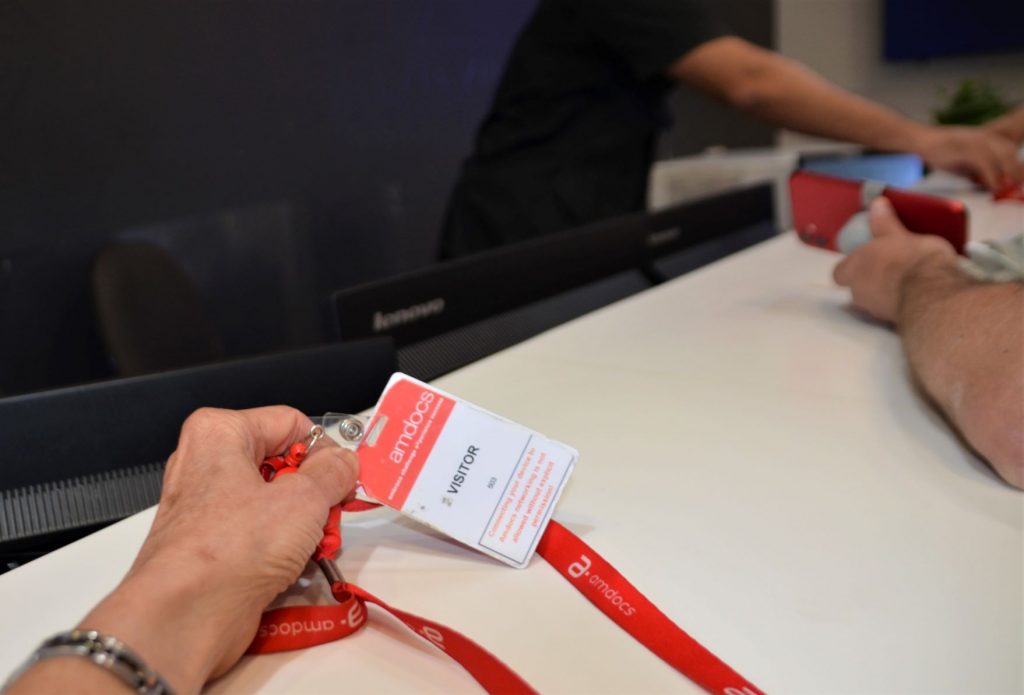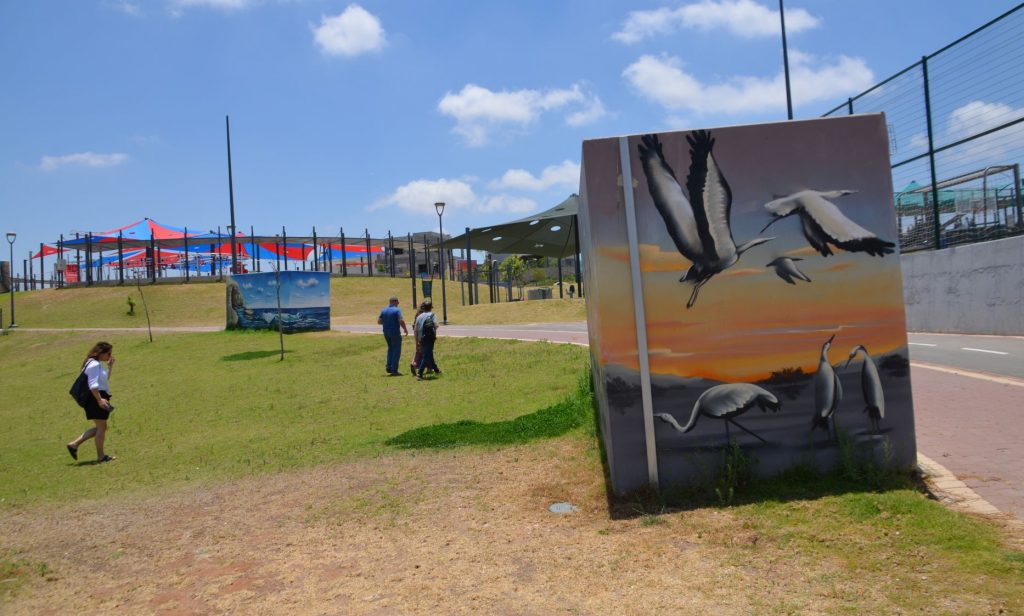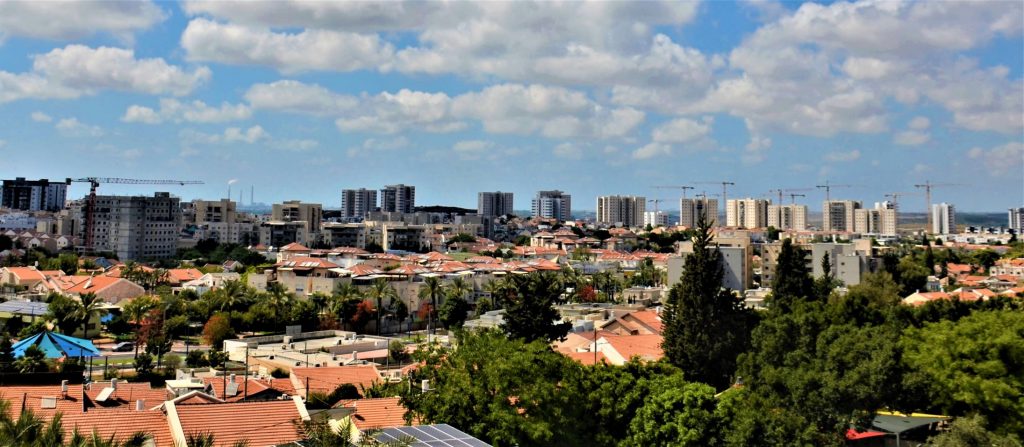This week I am taking you way off the Jerusalem streets.
The first time, I wrote about Sderot was over ten years ago. Then I wrote again over and over to stop the rockets. In 2012, on the way home from the south we saw the Iron Dome at work in its early days.
Hamas has persisted in firing tens of thousands of missiles and rockets at Israeli civilians and trips to Sderot over the years to see the damage had become a sad but routine event.
However, this past week was different.

Oh, there were the bales of hay along the road as we traveled to the Negev,

along with the signs for fields not planted for the Shemita year.

As we got close to Sderot I was not sure if these were stones or sheep?

Sderot is filled with new traffic circles, sculptures, and vegetation.

And of course, a bomb shelter in the old shopping area parking lot. The cement shelters are located every few meters along the Sderot streets, but most are uniquely decorated on the outside.

Having been to Sderot in the past, it was interesting the display of Hamas rockets and missiles had been removed from outside the police station.
But this trip was to see what was new in Sderot!

Jewish National Fund and private donors have helped to fund a new center for the people of Sderot and the surrounding area to receive support in various therapies in a new protected building. Sad to imagine a child getting trauma counseling in the old venue and having to run to a safe location away from an incoming rocket from Gaza.

When this opens soon, a new level of support will be available.

Also, we saw the Animal Therapy Resilience Center, where the cement shelters were left undecorated, in natural color on the campus.

Animals include the usual dogs and birds, and also a therapy snake,

and a cute little black goat.

One of my favorite signs was “Please touch!” for this mural.

So I asked Avi to oblige and pose for a photo.
Sderot wants tourists to come and see there’s more to the city than rockets.

The new Founder’s Museum is still under construction but hopes to open this summer with a history of the town.

Music – as you enter – a number of Israeli musicians came from Sderot.

Costumes for families to create their own video before leaving in a special theater recording setting. And it’s air-conditioned, important for the summer season in the Middle East.

The next stop required an ID and tags and is not on the usual tourist itinerary. But AMDOCS in the Negev, I thought important for you to know.

AMDOCS I knew was an impressive Israeli startup gone global. But learned that they had been in Sderot for 14 years, 30% of employees are women, and many of the AMDOC workers live locally.

This is one interesting slide from this communication software company that started this branch in the south with four employees in a room at Sapir College.

The variety of painted murals on the shelters is too large to share. All homes have protected rooms now.

And the new large park in Sderot has shelters, along the path.

This play area is a feature, with protection from the sun, and hopefully, time to get to a protected shelter if necessary.

This drawing of Ilan Ramon was on one of the dozens of shelters. They are all locked. If there is a red alert emergency, they all open automatically. Then, only locked again after they are checked by a person to make sure no one remains inside.

There is a toy soldier on guard at the Sderot park 24/7.

And there’s a lake! They have not only made the desert bloom but flourish.

Sderot has over 30,000 residents now, but this park should be popular with tourists as well. One more photo of the painted shelters on the way out.

Next to the Mayor’s office was a display of a few remains of Hamas’s tens of thousands of missiles and rockets. No photos from the “war room” where the city is monitored closely for any signs of trouble on multiple cameras.

Sderot Mayor Alon Davidi is pleased with the new neighborhoods and growth during his 10 years in office. Would cities anywhere else in the world not become a “ghost town” he asked after Sderot’s years under fire?

On a trip in 2018, the Sderot Hesder Yeshiva dormitories were under construction. I remember when the Yeshiva was starting and in the late 1990s, Rabbi David Fendel wanted to send a taxi to Jerusalem for us to come and see the new yeshiva in Sderot.

Now there are hundreds of students learning Torah, serving in the army, and building a growing community with their resilient families.

From the Yeshiva roof, built with layers of cement to protect from Hamas attacks, the view is impressive. Here in one direction, you can see Jerusalem is not the only skyline lined with construction cranes.
Sderot is more than missiles and rockets.
I was glad to be able to see what is new and happening and look forward to going again. Thanks to the host of the day Rabbi Ari Katz, Director of PR Yeshivat Hesder Sderot, Director of the Sderot Media Center, and Joshua Hasten for organizing a meaningful day.








